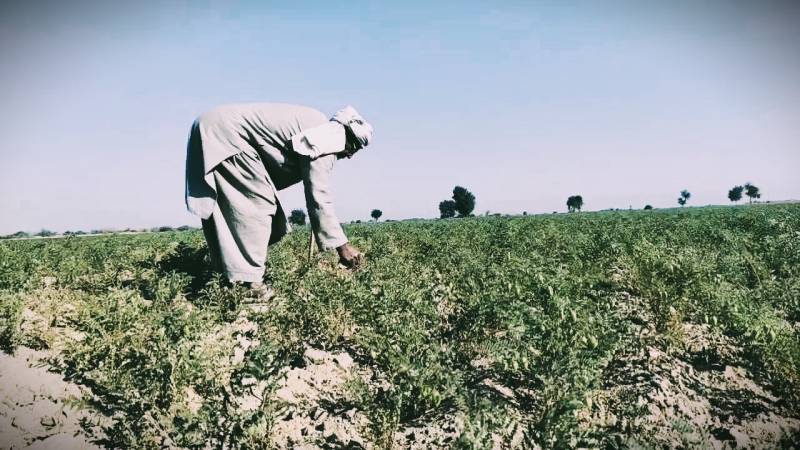
Pakistan's rapid population growth has raised demands for agricultural productivity. Beyond enhancing yield, the country needs to tap into underutilised, cultivable land to reach productivity levels that can meet growing demand and then some.
Khyber Pakhtunkhwa, which has a diverse climatic and ecological environment, has the potential for high agricultural productivity for almost every crop, including fruits and vegetables. It has an efficient irrigation system, even though more than half of the cultivable area is unirrigated.
The southern regions of the province consist of big chunks of fertile but mostly un-irrigated land where major crops such as wheat, maize and sugarcane are grown. The province's central region has both irrigated and unirrigated areas where major and minor crops like fruits and vegetables are routinely grown. Farmers with small to medium-sized landholdings mostly participate in agriculture here. The northern parts of the province are mountainous and serve as the horticulture zone of the province.
Despite its potential, the province is still lagging in yield per unit of land and overall production in almost all crops, fruits and vegetables compared to the national average. Certain factors contribute to this yield gap, starting from the land (small land holding), soil erosion and degradation, more than half of fertile land is unirrigated (totally dependent on rainfall), climatic effects (heatwave, excessive rainfall), water scarcity, fall in groundwater level, use of poor quality seeds, pests and insect attack, post-harvest losses, non-usage of efficient inputs due to high cost and other factors.
Labs will help test soil for critical elements, such as measuring its moisture content and other necessary nutrients required for efficient crop growth. This soil engineering will go a long way in boosting crop yields
In addition to these issues, some other factors which keep farmers in this region limited to using traditional farming techniques include a lack of education for farmers and limited access to agricultural loans and other subsidy programmes. Due to these factors, the province has been unable to compete nationally and enhance its yield per unit of land and overall productivity.
At the federal and provincial levels, the government has committed to addressing these challenges and reaching out to every farmer by providing basic inputs to improve their productivity. For this purpose, several developmental schemes have been launched across the province in the shape of subsidies on inputs, provision of certified seeds for free, educating farmers — both male and female, and running campaigns highlighting the benefits of change in cropping patterns, etc.
Furthermore, the government is also committed to building the capacity of institutes responsible for the well-being of the local farming community. These efforts include capacity building of agricultural research institutes in the shape of upscaling research labs at these facilities to help introduce new crop varieties that will be climate resilient and resistant while providing higher yields. These labs will also help test soil for critical elements, such as measuring its moisture content and other necessary nutrients required for efficient crop growth. This soil engineering will go a long way in boosting crop yields.
In the second step, these institutes will provide the necessary training to farmers, helping them apply modern crop sowing and harvesting techniques and reduce post-harvest losses.
Hopefully, these efforts will bear fruit in the short as well as the long term by covering a significant section of the fertile area with crops. At the same time, farmers will get high production and return for their crops. On the other hand, the province will be able to ensure food security for its residents in a sustainable manner, such that the population demands of today and tomorrow will be met.

